The young Walter Sickert had dreams of becoming an actor and this survey at Tate Britain (28 April–18 September) explores his love of the music hall and lifelong interest in performance. Images of circus artists, for example, can be seen in paintings such as The Trapeze (1920), while street scenes such as Easter (1928) reflect Sickert’s enthusiasm for finding the theatrical in the everyday. Highlights include a display of 10 of the painter’s self-portraits, which shine a light on the various personas he adopted throughout his career. Considering the final years of his life, the exhibition also shows how Sickert became influenced by the aesthetics of news photography and the rise of celebrity culture in the 20th century.
Preview below | View Apollo’s Art Diary here
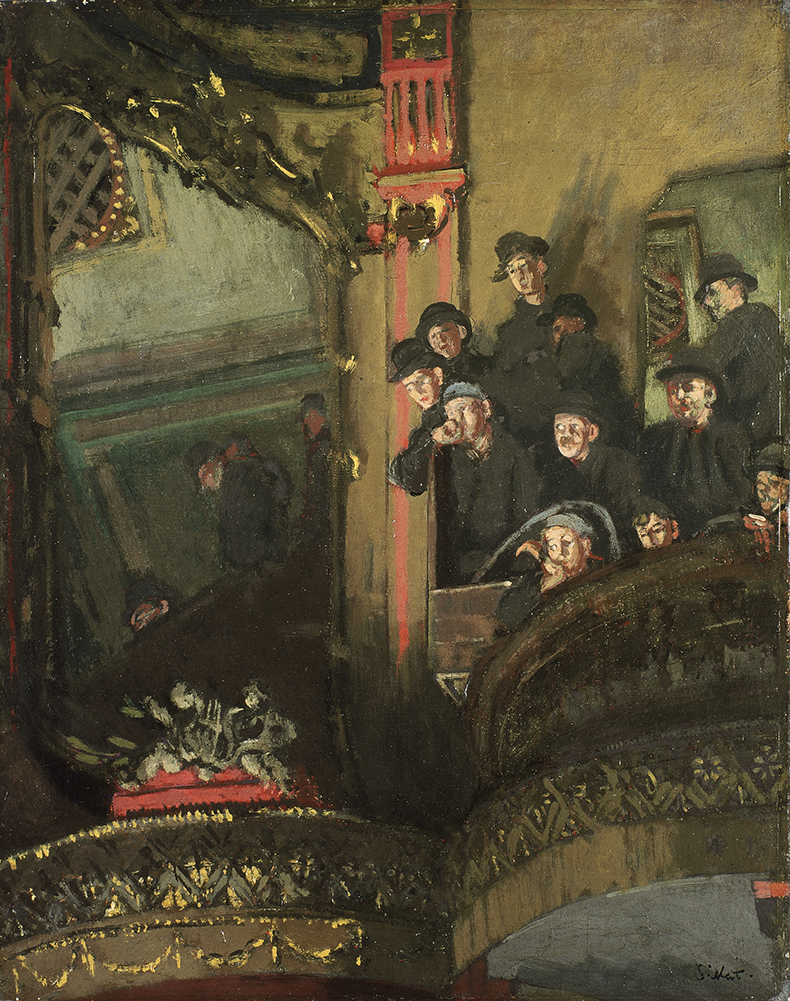
Gallery of the Old Bedford (1894–95), Walter Sickert. Walker Art Gallery, Liverpool
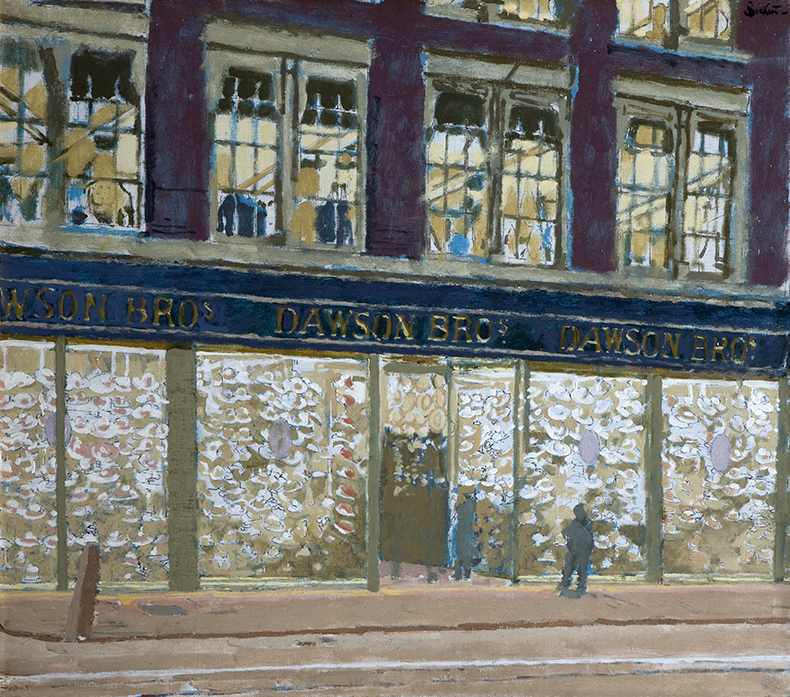
Easter (c. 1928), Walter Sickert. Ulster Museum Collection; Photo: © National Museums NI

Self-portrait (c. 1896), Walter Sickert. Leeds Art Gallery. Photo: © Bridgeman Images
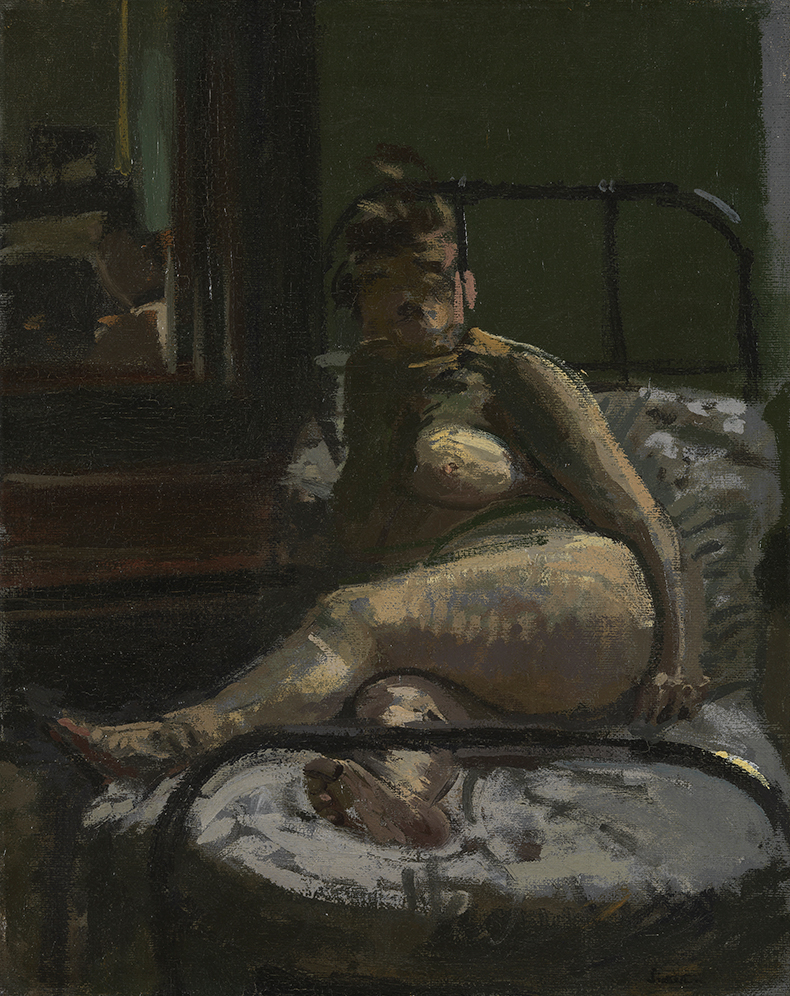
La Hollandaise (c. 1906), Walter Sickert. Courtesy Tate
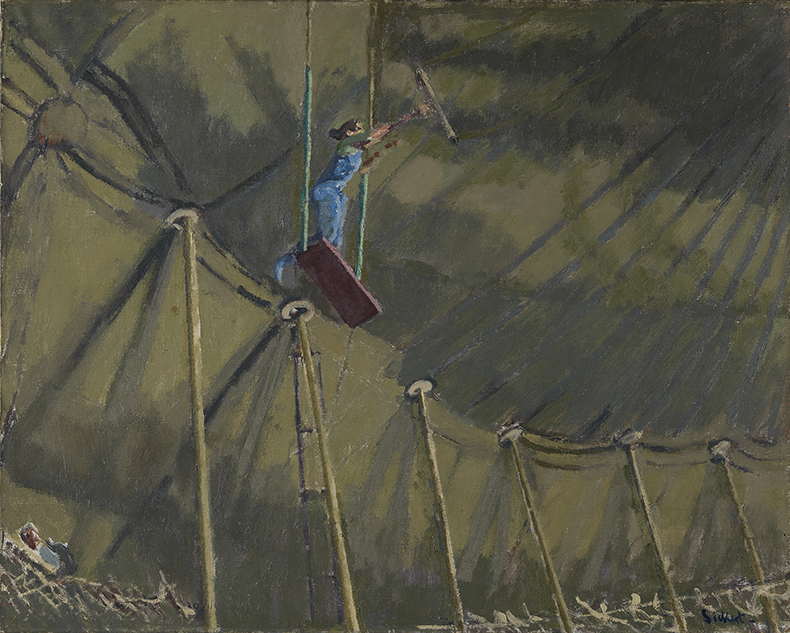
The Trapeze (1920), Walter Sickert. Courtesy the Syndics of the Fitzwilliam Museum, University of Cambridge; © Fitzwilliam Museum, Cambridge
Unlimited access from just $16 every 3 months
Subscribe to get unlimited and exclusive access to the top art stories, interviews and exhibition reviews.


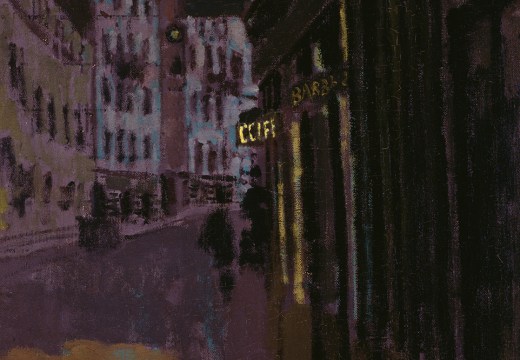
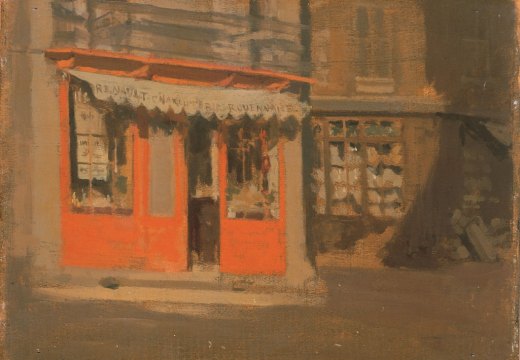
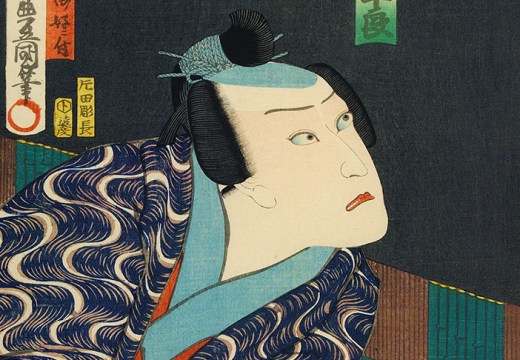









![Masterpiece [Re]discovery 2022. Photo: Ben Fisher Photography, courtesy of Masterpiece London](http://www.apollo-magazine.com/wp-content/uploads/2022/07/MPL2022_4263.jpg)
Has the Fitzwilliam lost the hang of things?